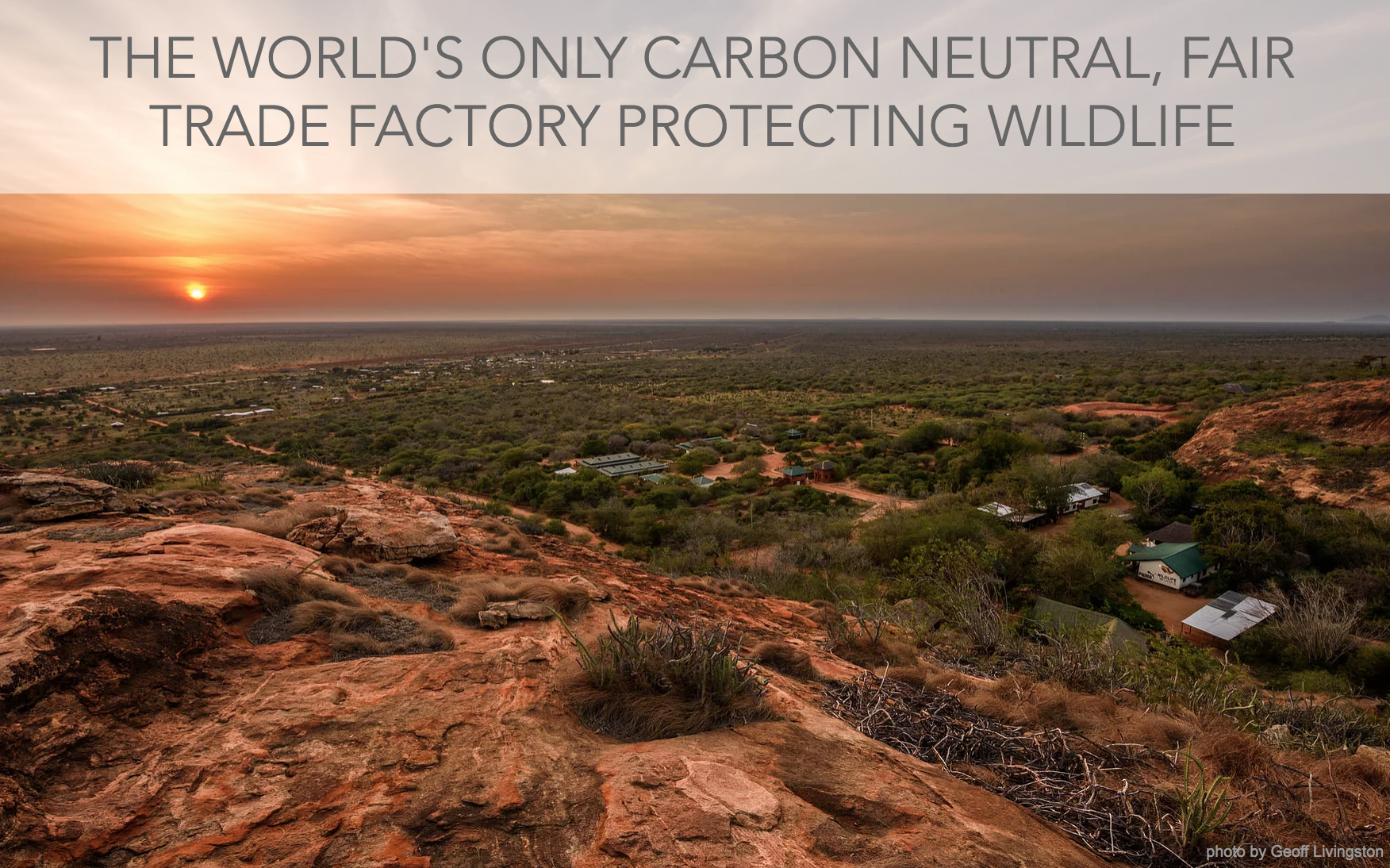Wildlife Works: A Company Reducing Emissions From Deforestation & Degradation In Kenya and D.C.R
Wildlife Works is the world's leading REDD (Reducing Emissions from Deforestation and Degradation) program development and management company with an effective approach to applying innovative market based solutions to the conservation of biodiversity. Their main goal is to protect wildlife, forests and communities in areas where there is human wildlife conflict We spoke with Joyce Hu who oversees the factory and marketing initiatives:
Image via Wildlife Works
Does Wildlife Works employ POC as part of the programmatic, creative and strategic team? If so - how is this important?
99% of our employees are locally hired within our project areas (right now, Kenya and D.R.C.) In these areas, the main concern is that we hire from the local community and not from outside of the community. We have management team members on the ground as part of the programmatic and strategic team. Globally, half of the management team are POC. It’s important that we hire people from the local community to not only support job creation for area but also to maintain cultural relevance for program development, execution, education, etc.
Image via Wildlife Works
Explain the fashion side of WW and how it fits into the overall business model?
Image via Wildlife Works
Wildlife Works sanctuary was first established in 1997 with the eco factory as its main revenue generator. In 2009, the carbon market quickly became the obvious means to generate the most value on the ground and in the market place. As the carbon business grew, we were able to better support the factory, hire the right management team to improve the skill level and efficiency of the factory to service the growing sustainable fashion market niche.
What's in store for the future of Wildlife Works?
On the carbon side, we are replicating our model in partnership with key corporate partners to protect more endangered forests around the world. Some new project announcements will happen this year.
On the factory side, as the sustainable fashion industry grows, we aim to attract more producers to our factory and grow our capacity, because we have the space to do it!



